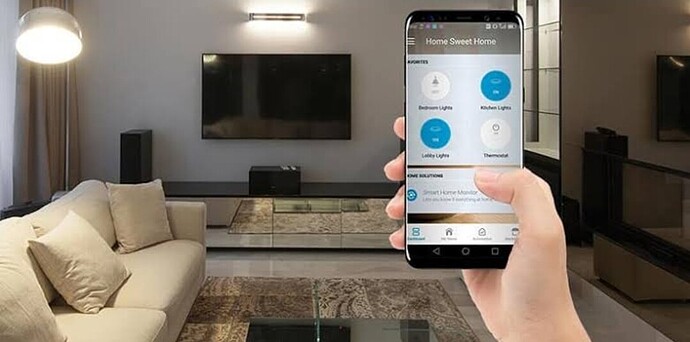Home automation for lighting and energy efficiency has become a key focus in modern home renovations. By integrating smart systems homeowners can control lighting heating and appliances to reduce energy consumption improve convenience and create a more comfortable living environment. These systems not only save money but also contribute to a more sustainable lifestyle
Smart Lighting Systems
Smart lighting allows homeowners to control brightness color and timing of lights through apps voice commands or automated schedules. Lights can be programmed to turn on and off based on occupancy or time of day which reduces wasted energy. Dimmable options provide both ambiance and efficiency and can be adjusted to suit different activities such as reading relaxing or entertaining
Energy Monitoring
Home automation systems often include energy monitoring features that track electricity usage throughout the home. Real time feedback helps homeowners identify energy intensive devices and make adjustments. Monitoring also allows for smarter scheduling of appliances to operate during off peak hours which reduces costs and eases strain on the power grid
Automated Climate Control
Integrating heating and cooling systems into home automation improves comfort and efficiency. Smart thermostats learn user patterns and adjust temperature settings automatically. They can also be controlled remotely ensuring the home is only heated or cooled when necessary. Zoning features allow different areas of the house to be regulated independently optimizing energy use
Integration with Renewable Energy
Home automation systems can be linked with renewable energy sources such as solar panels. This allows homeowners to maximize the use of clean energy and reduce reliance on the grid. Automated systems can prioritize energy usage based on availability ensuring appliances run when renewable energy production is at its peak
Safety and Convenience
Automated lighting enhances safety and convenience throughout the home. Motion sensors can illuminate pathways reducing the risk of accidents. Exterior lights can be scheduled to simulate occupancy while homeowners are away enhancing security. Automation also allows for one touch or voice control of multiple lights simultaneously simplifying everyday routines
Cost and Installation Considerations
Installing home automation requires initial investment but can lead to long term savings through reduced energy bills and increased home efficiency. It is important to select compatible devices and plan installation carefully. Professional consultation ensures proper setup and integration with existing electrical systems
Future Proofing and Upgrades
Home automation systems are increasingly modular allowing for future upgrades and expansion. Homeowners can start with basic lighting control and gradually integrate energy monitoring climate control security and entertainment systems. This flexibility makes automation a long term solution that adapts to evolving technology and household needs
Conclusion
Home automation for lighting and energy efficiency transforms how homeowners interact with their living spaces. By combining smart lighting schedules energy monitoring automated climate control and integration with renewable energy systems homes become more efficient sustainable and convenient. Thoughtful implementation of these technologies enhances comfort reduces costs and supports a greener lifestyle creating lasting va
lue for the home
